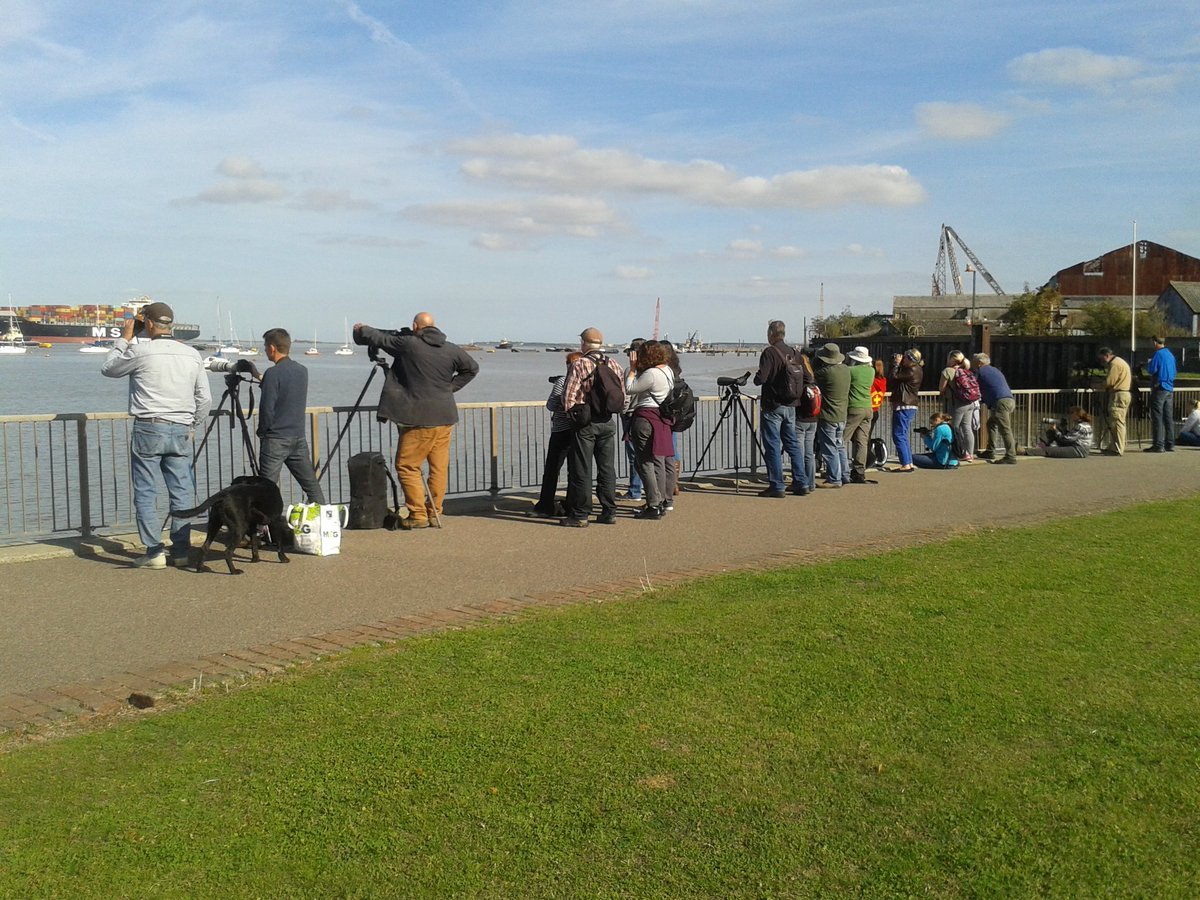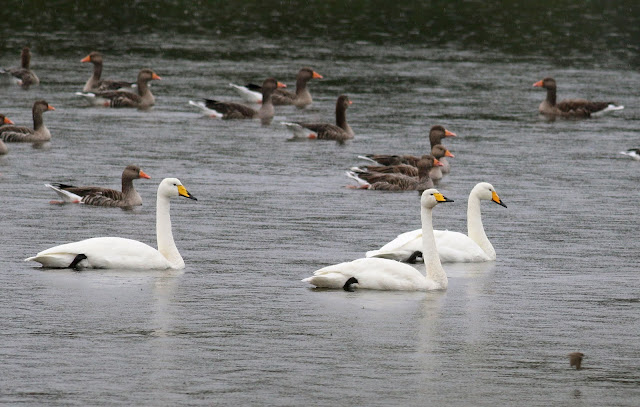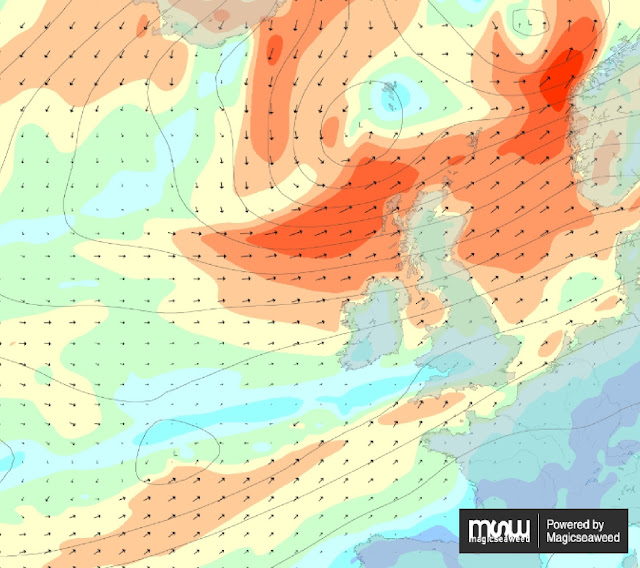On Tuesday 25th September Dave Andrews, whilst
carrying out survey work, masterfully found a Beluga Whale swimming in the
Thames estuary off Gravesend. This sparked off a mass twitch, as well as a media
frenzy, with many eager onlookers hoping for an incredibly rare sight of this
arctic cetacean. There are only 19 previous records of Beluga in UK
waters, which have mostly been brief encounters from northern coastal localities. So to have this one in southern England and in the Thames estuary made it an exceptional record. Clearly this whale was a long way off course, but initial fears for its
well-being were soon put to rest as it was seemingly feeding well and showing
no signs of distress.
I was unable to get down to Gravesend until the weekend, so
it therefore seemed very unlikely that the Beluga would hang around for most of
the week for me to see it. However, when news came in that it was still there
the next day, and then the day after that, amazingly it looked like I may have
a chance. Come Saturday reports came in early of the Beluga’s continued
presence and we were soon on our way. The journey from Cambridge is only an hour and
a half so it wasn’t long until we had arrived in the busy Gravesend streets.
Initially it was unclear where we should go to view the whale as it hadn’t been
seen in its usual spot 2 km east of the Ship and Anchor pub. We chanced
stopping at a shopping centre where there was a small gap in the built up riverside to view the water. We
were in luck – the whale had been seen here 15 minutes ago. Initial scans of
the river were unsuccessful; however it wasn’t long before Dad shouted “there
it is!” I was struggling to get onto to it, but after getting some good
directions from Dad I managed two views as the whale surfaced twice.
 |
| A typical view of the Beluga Whale as it surfaced in between feeding dives |
 |
| Very happy whale watchers gathered near the Gravesend Sailing Club |
We moved around to the Ship and Anchor Pub where there was a small crowd of admirers watching the whale. Views here were also distant and in the
opposite direction to where we looking from before. We retraced our route on
foot and, after a 15 minute walk through a grim industrial area, found a nice open leisure area where a much larger crowd had assembled to watch the Beluga. From
this position the whale could be viewed with the naked eye as it came up for
breath (usually surfacing 2 to 6 times) before returning to the bottom of the water to
feed (up to 5 minutes at a time). What made the experience even more enjoyable
was seeing so many others, including not just birders but plenty of awe-inspired
locals, appreciating this once in a lifetime sight. Some seemed concerned for
the whales safety, which is not that surprising considering what happened to the Northern Bottlenose Whale in the Thames in 2006. However, Bottlenose Whales are
deep sea feeders whereas Belugas often frequent estuaries so perhaps, despite
being a very long way south, this sighting is not as out of place as it seemed. In fact, a Beluga survived for several weeks incredibly in the River Rhine, Germany, in May 1966.
At the time of writing the Thames Beluga hasn’t been seen for 4 days,
so hopefully it has made it back in the North Sea from where it can travel back to
its natural Arctic range.
On a side note, this week I also visited
Therfield to see the juvenile Pallid Harrier which has been frequenting the
stubble fields there for several weeks now. After some fairly distant views
we were treated to one close flyby, from which I took the following shots. What a great bird!





































